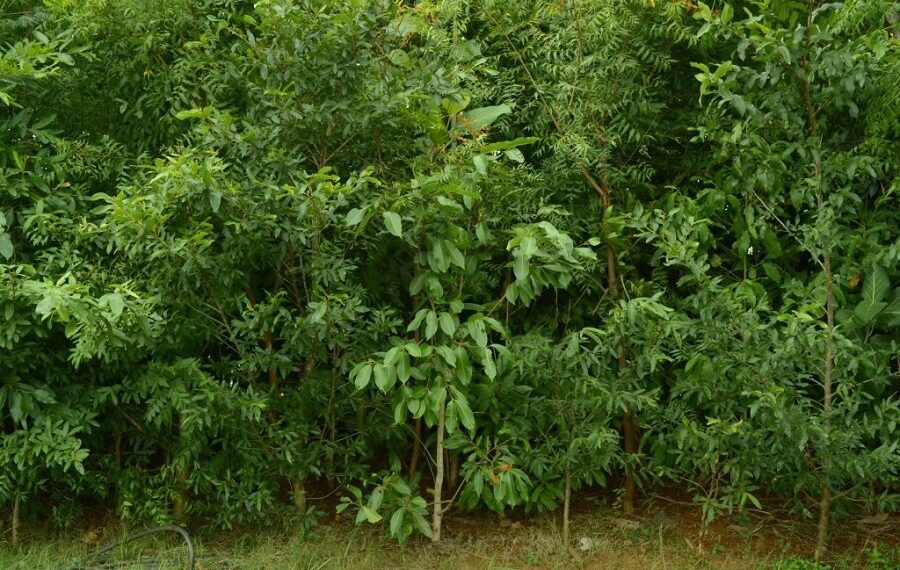Kokrajhar: Northeast India has witnessed the creation of its first Miyawaki-style forests at Kokrajhar Medical College and the Bodoland Territorial Council (BTC) Secretariat.
Spread across 6,000 square metres, the twin green patches comprise 12,000 saplings drawn from 45 indigenous plant varieties. The initiative is part of Green Bodoland Mission.
The Miyawaki method involves planting native species in a dense, layered manner. This mimics natural forests, promoting rapid growth and biodiversity.
In just a few years, these mini-forests become self-sustaining, providing a habitat for wildlife and improving air quality.
On the policy front, the mission is backed by a BTC Assembly resolution that earmarked 2 percent of the Council’s SOPD budget for key green initiatives, including plantation drives, groundwater management, and reducing plastic use.
Since its launch, the GBM has facilitated the planting of over 3.2 lakh saplings, ranging from timber and fruit trees to medicinal and ornamental plants, across community and forest lands.
Central to the GBM’s progress has been the involvement of Green Brigades—youth collectives that now boast more than 6,000 members.
These groups have been pivotal in rallying volunteers, planting trees, and ensuring the saplings’ survival through regular upkeep.
Officials stress that the broader vision is not only about plantation but also about addressing environmental and social concerns—such as water security, slope stability, human–wildlife conflict, and livelihood diversification.
However, they acknowledge challenges in ensuring sapling survival, securing land rights, choosing appropriate species, and maintaining steady funding.
ALSO READ: Former Meghalaya CM D D Lapang passes away at 93
The coming two to five years will be crucial in determining whether these plantations mature into thriving forests that yield long-term community benefits.
Beyond plantations, the mission has pursued ecological restoration and livelihood diversification.
Notably, two wetlands in Tamulpur and Udalguri have been revived, while a hydro-geological survey was conducted in collaboration with the National Institute of Hydrology, Roorkee.
The programme has also promoted sustainable livelihoods, such as introducing solar-powered potters’ wheels to benefit local artisans.















